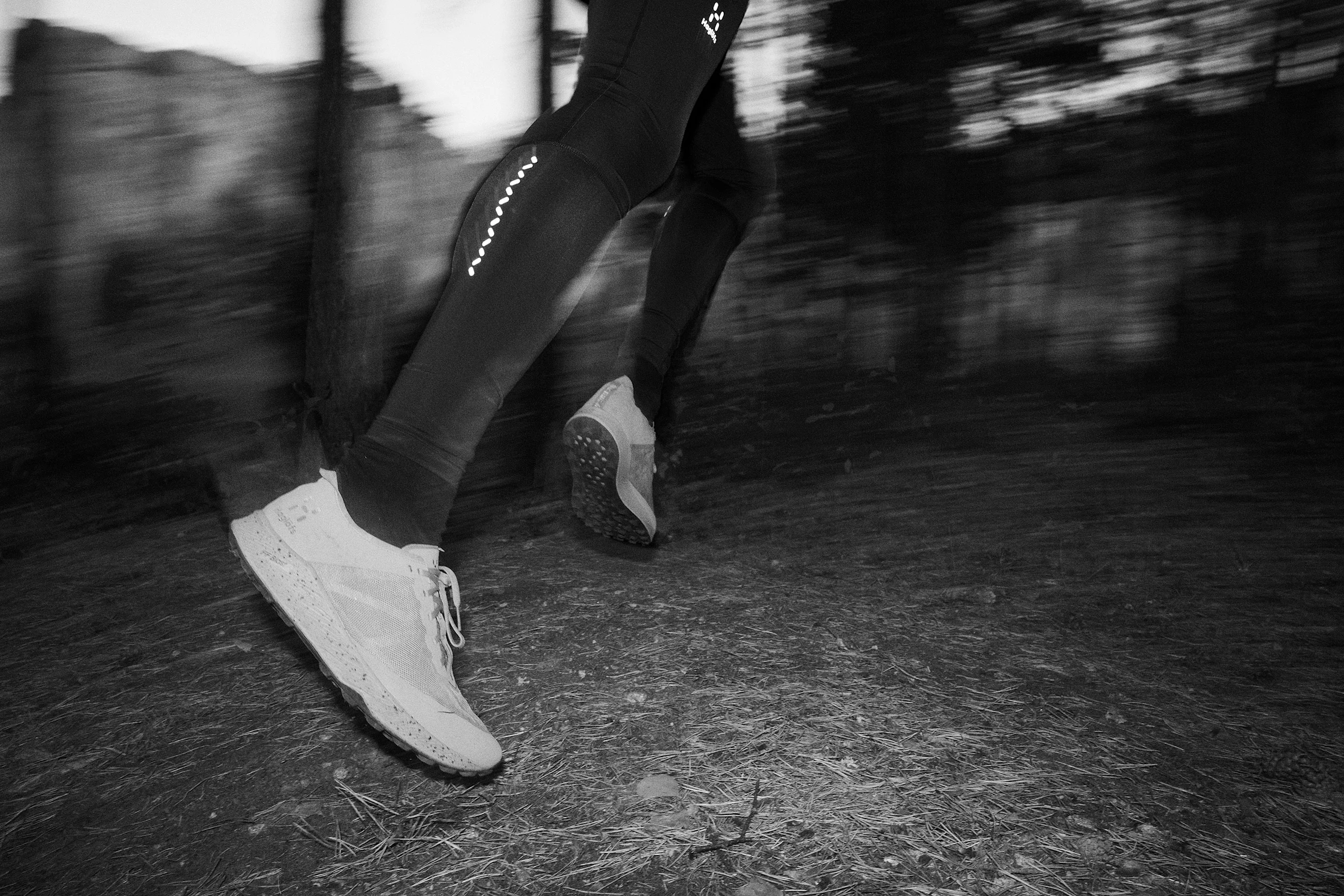
January 2024
3 easy things you can do to reduce a product’s footprint.
A product’s carbon footprint isn’t set in stone once you bring it home. Learn how to keep emissions in check during its entire lifecycle with these tips.
The climate crisis has driven many of us to put a magnifying glass on our own lifestyle and take an honest look at where we can cut back on greenhouse gas emissions. When it comes to the products you buy, the truth is that every product already has a carbon footprint—it was established when it was produced. Even if the product manufacturer takes care to produce the product with “minimal emissions,” its footprint can continue to grow larger once it reaches your hands. How big it gets depends on, among other things, how long you use the product and what you do with it when you don't want it anymore.
Here, we’ll look at some things you can do on your end to reduce the carbon footprint of the outdoor clothing you own, from the time you acquire it to the end of its life.
What is a product’s carbon footprint?
A product’s carbon footprint can be summarized as the emissions associated with it during its entire life cycle. The life cycle of a product includes the raw materials extracted to make it, the resources used during manufacturing, the transportation of the product to the point of sale, the usage of the product by the consumer, and the eventual disposal of the product at the end of its useful lifetime. The best way to keep the carbon footprint of an already-produced product in check is to always keep it in use for as long as possible.
1. Think twice before buying something new.
New products not only come with a bigger price tag, but a bigger carbon footprint too. So before you buy something brand new, be sure to take inventory of what you already own. Perhaps you have a pair of hiking boots at the back of the closet that would only require a small repair to get back on the trail again, or a tired shell jacket that would perk up from a simple reproofing treatment and be ready for another rainy season.
Don’t have anything? Why not explore options on the second-hand market? Look out for high-quality brands. Compared to fast fashion brands, products from high-quality brands are generally built to last and maintain performance for a lifetime or more of use.
2. Make the products you own last as long as possible.
How well you care for a product plays a big role in determining how long it lasts. Proper product care can be as simple as following the washing instructions on its label— you usually shouldn’t wash wool at the same temperature as cotton, for example. It can also mean taking the time to restore the product back to life when it needs reproofing or repairs. Reach out to our customer service team if you need help tracking down a spare part or a recommended repair professional.
Discover more care and repair tips here.
3. Repurpose or recycle at end of life.
Remember, a product’s carbon-emitting lifecycle includes what you do with it when you’re done with it. Is the product still in functional shape? Pass it along to someone who will enjoy it. It could be a friend, a family member, or some unknown person who discovers the product at a secondhand marketplace like Haglöfs Restored.
Not in good enough condition? Avoid the landfill. Instead, salvage any spare parts you want to keep in your repair kit, then drop off the rest at your nearest textile recycling facility. If you’re not sure where that is, contact your municipality.
Wait—what if you need to fix an issue that is not covered by the warranty?
Accidents happen out there. If your product gets ripped by a sharp rock or scorched by a campfire spark, it is not covered by the warranty. But all hope is not lost. Our customer service is here to give you advice on where you can fix the product in your local area. Same thing if you need a spare part like a buckle or zipper pull, reach out to our customer service team or one of our stores and they’ll point you in the right direction.
Final thoughts.
To summarize, there are a few, really easy things you can do on your own to reduce the carbon footprint of the outdoor clothing you own. When we slow down enough to make conscientious decisions about the products we buy and the products we don’t want anymore and take better care of the things we already own, not only do we help to reduce product carbon emissions, but we also contribute to helping break the collective take-make-waste consumption pattern which is putting an unsustainable burden on our environment.